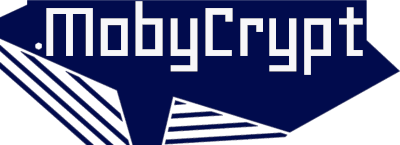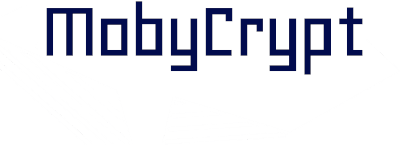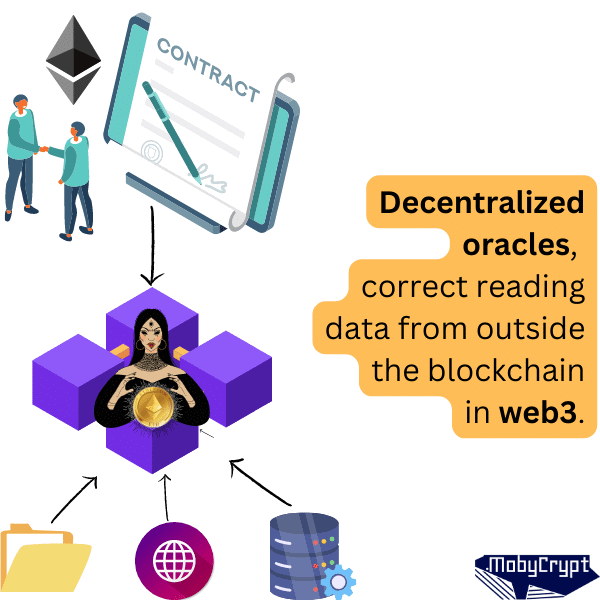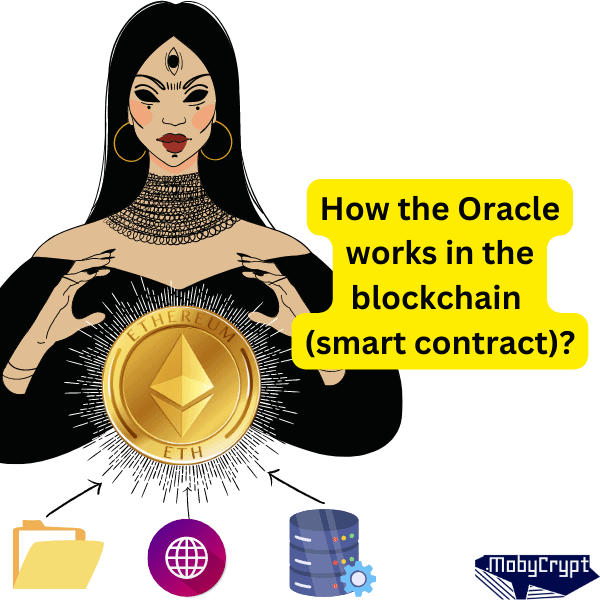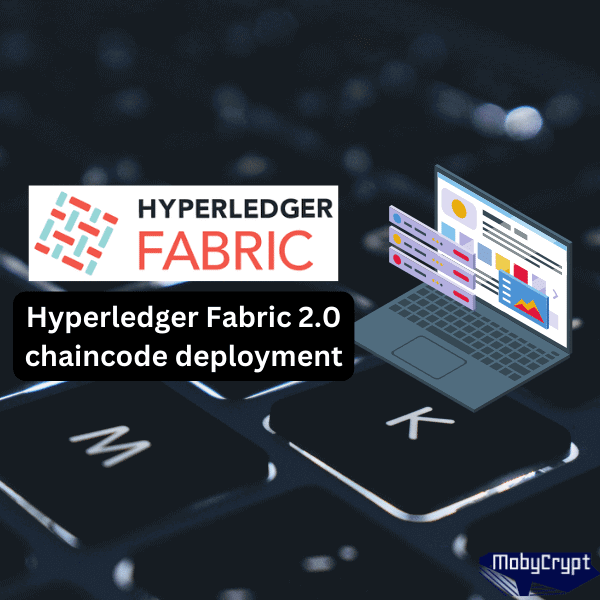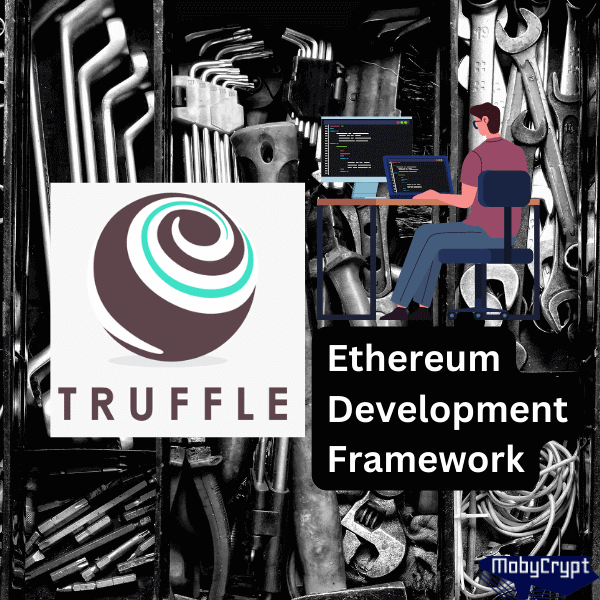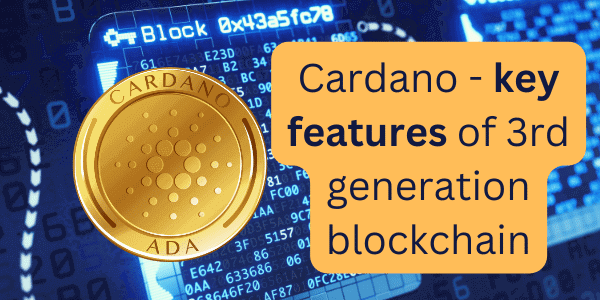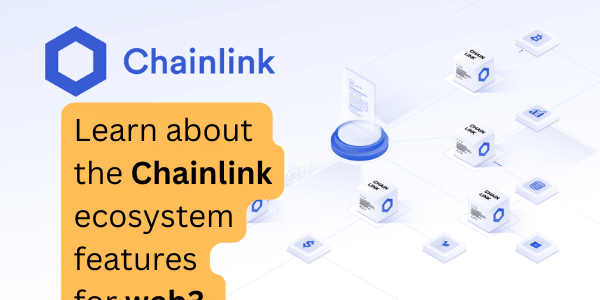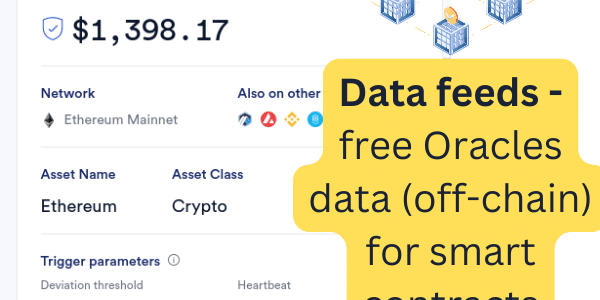How to achieve decentralization using Oracles in blockchain?
2023-01-10
Blockchain,Ethereum,Blockchain architecture,Software Development
0 Comments3 Minutes
So how do we create a decentralized oracle? The model is as follows: a contract should ask several oracles to execute the same query, get results from each oracle, and then determine the correct answer on its own based on multiple results (answers from multiple oracles).
How to read non-blockchain data in smart contracts and how Oracle works?
2023-01-09
Smart contracts,Blockchain,Ethereum
0 Comments3 Minutes
External data to the smart contract (from outside the blockchain) can be provided only, as parameters (arguments) of its call. Oracles are software running outside the blockchain, which listens for "requests" by smart contracts for external data, and then provides this data to the smart contract, by calling the appropriate…
Lessons learned from 1400 Bitcoins loss
2020-09-09
0 Comments13 Minutes
The recent news about 1400 bitcoins loss caused a lot of buzz: the amount of Bitcoins worth about 16.3 million $, not any kind of exchange hack, all happened using Electrum wallet - one of the oldest and still very popular Bitcoin wallet. I share the lessons which could be learned from that story.
How to deploy chaincode in Hyperledger Fabric 2.0?
2020-02-06
0 Comments10 Minutes
With the new release of Hyperledger Fabric 2.0 the lifecycle of chaincode has been changed. It implies also the changes in the chaincode deployment process - what basically means that commands used to deploy chaincode in < 2.0 release (no matter if using peer binary or SDK) will not work. In this article I show how to deploy…
Truffle Suite – Ethereum developer toolbox: Truffle.
2020-02-06
0 Comments15 Minutes
Truffle Suite is the tool pack dedicated to Ethereum developers (focusing on smart contracts). That very actively developed project is currently one of the most popular frameworks for implementing, testing and running Ethereum based decentralized applications. In this article: I will describe the Truffle Suite tools; I will…
Cardano – key features of the 3rd generation blockchain
2023-01-18Smart contracts,Cardano,Blockchain,Blockchain architectureshort_en
Cardano is built on Haskell and based on the dedicated Ouroboros consensus algorithm. The blockchain's cryptocurrency is ADA.
0 Comments5 Minutes
Learn about the Chainlink ecosystem features for web3
2023-01-13Smart contracts,Blockchain,Blockchain architectureshort_en
Chainlink Oracles, data feeds, VRF and automation - these are leading features of Chainlink available for smart contracts and web3
0 Comments3 Minutes
Data feeds – free data sources for smart contracts
2023-01-12Smart contracts,Blockchain,Blockchain architectureshort_en
Data feeds are data "produced" by oracles, published on the blockchain, available to be read for free by smart contracts.
0 Comments3 Minutes

Bitcoin for the spirit.
Blockchain for the tech.
I create substantive content on blockchain, at the intersection of technology, economics, sociology and even politics.
I’m blockchain engineer – sharing my tech expertise, ideas and critical thoughts.
